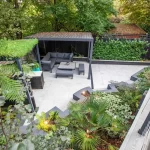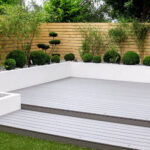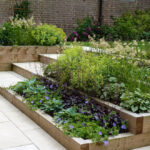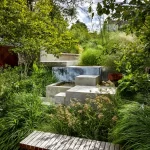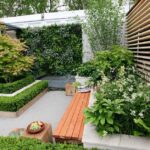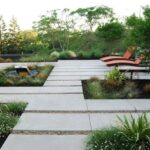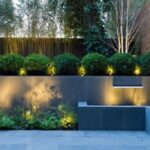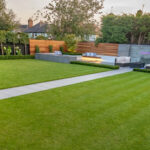Garden design has evolved significantly in recent years, with a shift towards a more modern and minimalist aesthetic. Gone are the days of overly fussy and cluttered gardens – now, clean lines, simple shapes, and a focus on function are key elements in modern garden design.
One of the hallmarks of modern garden design is the use of geometric shapes and patterns. Straight lines and right angles are often employed to create a sense of order and structure in the garden. This can be seen in the design of pathways, plant beds, and even hardscape elements such as fences and walls.
In addition to geometric shapes, modern garden design also embraces the use of natural materials such as stone, wood, and metal. These materials add a touch of warmth and texture to the garden, while also providing durability and longevity. In some cases, these materials are used to create focal points or decorative features within the garden.
Another important aspect of modern garden design is the incorporation of sustainable and eco-friendly practices. Many modern gardens are designed with water conservation in mind, utilizing techniques such as rainwater harvesting, drip irrigation, and drought-tolerant plantings. Additionally, the use of native plants and organic gardening practices can help create a more environmentally friendly garden.
Lighting also plays a crucial role in modern garden design, adding an element of drama and functionality to outdoor spaces. LED lighting, solar-powered fixtures, and strategically placed spotlights can help highlight key features of the garden, create ambience, and extend the usability of the space into the evening hours.
Overall, modern garden design is all about creating a space that is both visually appealing and functional. By incorporating clean lines, geometric shapes, natural materials, sustainable practices, and thoughtful lighting, a modern garden can be a true oasis of calm and beauty in any outdoor space.


